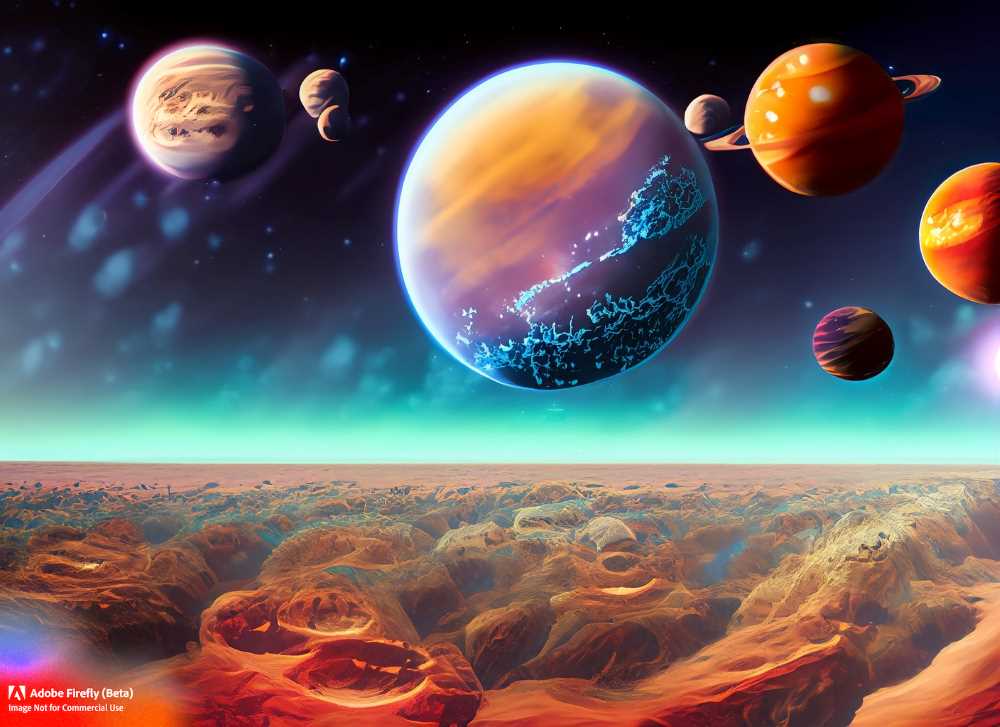Astrobiologist's Quest to Crack the Code of Exoplanet Life
Discover the fascinating research of astrobiologist Antígona Segura Peralta as she utilizes theoretical models and simulations to study the possibilities of life on exoplanets. She investigates the formation of complex structures and the role of carbon and water in habitability.

With a theoretical model of photochemistry, Antígona Segura Peralta, an astrobiologist at UNAM's Institute of Nuclear Sciences (ICN), performs simulations through numerical codes to study what life on an exoplanet (a planet outside the solar system) could be like.
"They have a series of equations that come out of physical laws or chemical reactions. My models in particular simulate how the radiation comes in and how all the chemical reactions are happening because of the radiation from the star, assuming certain things."
"For example, I'm assuming that my planet has an atmosphere of carbon dioxide and nitrogen, as the Earth did in the beginning, as do Mars and Venus, and then I'll see what happens when I inject an amount of ultraviolet radiation from one of these stars. I see what chemical reactions happen, and that allows me to predict what things I can see on planets around other stars," she said.




